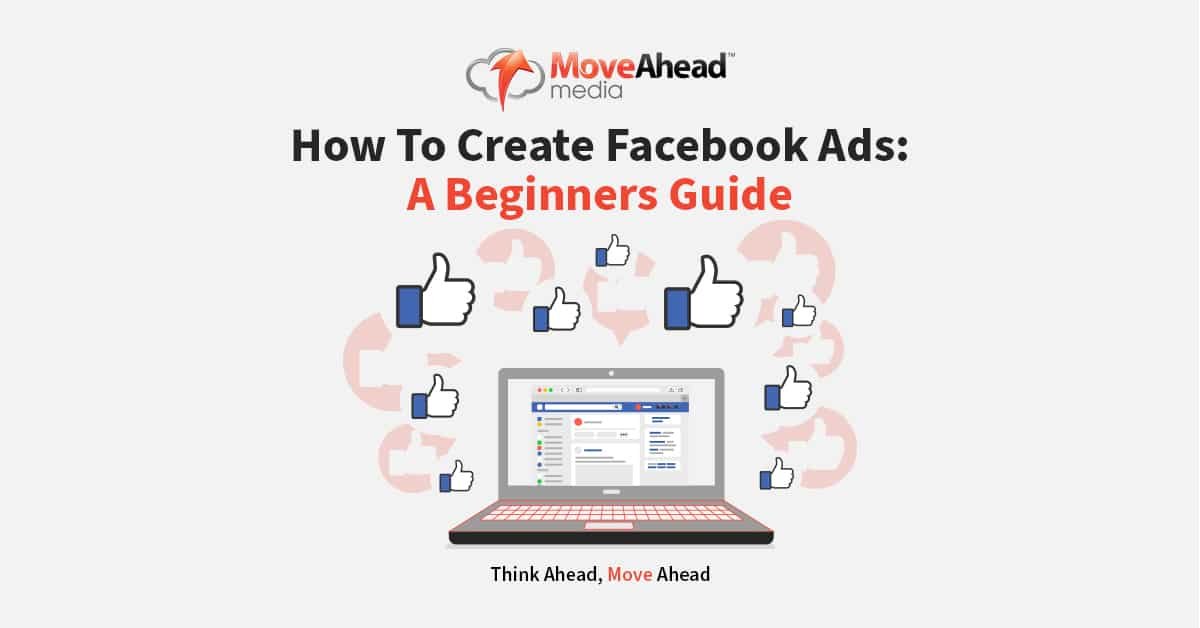
5 Easy Tips for writing SEO-friendly content
Content is one of the most important SEO tactics and it's also one of the topmost priorities for search engine optimization. SEO doesn't just consider your keywords, but it tells you how to use those keywords in your content along with other factors such as backlinks, bounce rates, social media sharing, etc.
Writing SEO-friendly content sounds easy until you actually get your feet wet. Content SEO is not just about stuffing keywords where they don't belong or writing walls of text, you need to make sure every piece of content follows the right SEO etiquette in order to get the maximum benefit. Specifically, SEO helps your site to acquire top rankings on the results page which will increase the online exposure and eventually leads to more traffic!
Every digital marketing professional knows keyword research and placement is a key component when it comes to SEO content, but not everyone knows to include SEO basics such as writing SEO friendly headlines, formatting title tags and URL structures. There can be lots of them, but I will highlight the 5 easiest, yet most effective tips for writing your next content to be more SEO-friendly.
Let's get started with 5 easy tips on writing SEO-Friendly Content
Crafting punchy headlines
The best way to write an SEO friendly headline is to naturally use keywords without disturbing or misleading the readers. A lot of content writers say that one of the most difficult things to do as an author is to create a catchy or punchy title and headline to attract readers to read their articles.
A bad example of this is if you are making an article for "tips" on how to perfectly cook an omelette but your content has nothing to do with tips or techniques or even family secret recipes, it's just a simple instruction manual. This clearly misleads the readers.

That example may seem a little bit silly, but trust me, we have seen this on a lot of websites. Checking the relevancy between content, page titles, and headers are part of the basic task we do in Move Ahead Media's SEO on
site team. Our main task is to ensure that our client's websites have the highest chance possible to get the most impressions and exposure to the public eyes. Whether it is SEO content or not, we have to make sure that when we optimize this content and relieve the pain points of the users or readers who are browsing the website. If we do this right and make the website visitors happy with the landing pages, we encourage not only new business but customer loyalty as well.
Structure your SEO Content

The SEO-friendliness of your content also depends on the content structure. SEO friendly URLs, Meta description tags and titles are often ignored by digital marketers who are only focused on improving keyword density or meta descriptions, but all these factors are equally important to attract search engine crawlers as well as readers. SEO friendly URLs, SEO titles and meta description tags can be easily created with some handy online generator tools.
Headers are also a component that a lot of website owners tend to ignore, even some website apps are using headers incorrectly. They tend to use H1, H2, H3 as a font style or as section breaks and they are not using them in chronological order. Some sites often use H1 H4 H3 H3 H3 and then end the article with H2. In terms of human eyes and internet users, it may be not an issue, but from the Search Engine's perspective, it is quite critical.
Here's an example to explain the difference between each header and how to use them correctly using an "Accounting Book":
Page Title: 2021 Accounting Book- H1: Months in 2021
- H2: January 2021
- H3: Week 1
- H4: Monday, Tuesday, etc.
- H3: Week 2
- H4: Monday, Tuesday, etc.
- H3: Week 3
- H4: Monday, Tuesday, etc.
- H3: Week 4
- H4: Monday, Tuesday, etc.
You can see the logical order here that Monday falls under week 1, week 1 falls under January 2021, January 2021 is under Months in 2021, and then the main header of this falls under the page title as 2021 Accounting Book.
Remember that using proper headers are also part of the ranking factor as well. When we perform a search on Google or any other search engine, you will find a lot of organic search results on a page which may contain a combination of evergreen content, blog posts or simply just a homepage on a website. Therefore keep in mind that we should plan the content structure as part of your strategy as well to attract the right target audience.
Creating quality content

Creating content on web pages shouldn't be difficult for you now since you know how to plan the structure and set a tone for the audience. When writing content, you should put yourself in someone else's shoes so that you can fully understand what is expected to correspond with users' search intent. Search engines love when content is very natural and makes sense for both humans and search engines alike. Optimizing your content can be the critical point here so make sure to match up with all possible search queries. This can be challenging but if you are getting help from trusted SEO experts, this shouldn't be a problem at all. Search Engine Result Pages (SERPs) such as Google can show product or service pages as well so make sure that you have enough quality content on each page to get more chances to rank well on the search engines.

To summarize, our advice would be to make your content for human users, take advantage of having SEO knowledge, research what kind of search intent online users are using and generate different types of content for your website.
Keyword Density

It may be a good idea to have keywords like "services" appear more frequently, but maybe not so much on branded keywords that will look spammy all over the article. Ideal SEO content should be something natural and give the most value to the users, this is the concept of keyword density. If you are writing 500 words of fresh content, but you use up 5% of the word count or 25 occurrences of it with branded keywords, this can be considered as way too much.
The current algorithms and core updates from Google extremely dislike the concept of spammy content and content spinning. From Google's perspective, writing content with these concepts gives little to no value to the users and Google will eventually lower the rank of these kinds of websites and put them in a very low position on the search result pages. In order to get your content or website on the first page, you should follow the tips I have mentioned earlier and include the concept of keyword density as well. Whatever you do, make sure that it is the best for human users and readers.
Promote Internal Links and External Links

Whenever you are writing some blog posts or articles, you may end up referring to your products or services. One of the best practices that I have ever done in SEO is putting internal links and external links on the content. Nowadays, Google is giving more weight to internal linking, as it can help smoothen the process of indexation. It helps crawler bots to understand the whole website faster when internal linking is presented on the website. It will also increase the domain authority, the value of the important pages and positively increase user experience as well.
You may wonder why I mentioned External Links here, as on-page optimization should focus on improving all components on the website. SEO content is not just internal linking, but high-quality content should have some natural backlinks, as well as some references to another site. I know this is a bit weird if you are comparing this strategy with other SEO Experts but the I believe Google prefers something natural. It's the same as when we are referring to something academic or experts knowledge, we tend to give credit to those sources. When Google sees this pattern, it can influence the search engine to understand that you are not doing any tricks!
Perfect content for Google Search or any search engines

Writing content and blog post up to this point can be very challenging to some businesses or websites, but with those tips, you should be able to optimize your content and page like a pro. There are a lot of keywords and long-tail keywords that you should include in your content writing to make it more visible, you should identify if these have a high search volume or low search volume. Use the best practice for internal linking to ensure that you are using the concept properly and avoid getting an unintentional penalty from Google.
If you would like to know more details, feel free to contact us at Move Ahead Media for a free SEO audit. Keep in mind, there are no commitments, no fees - we just want to help you think ahead and Move Ahead!



